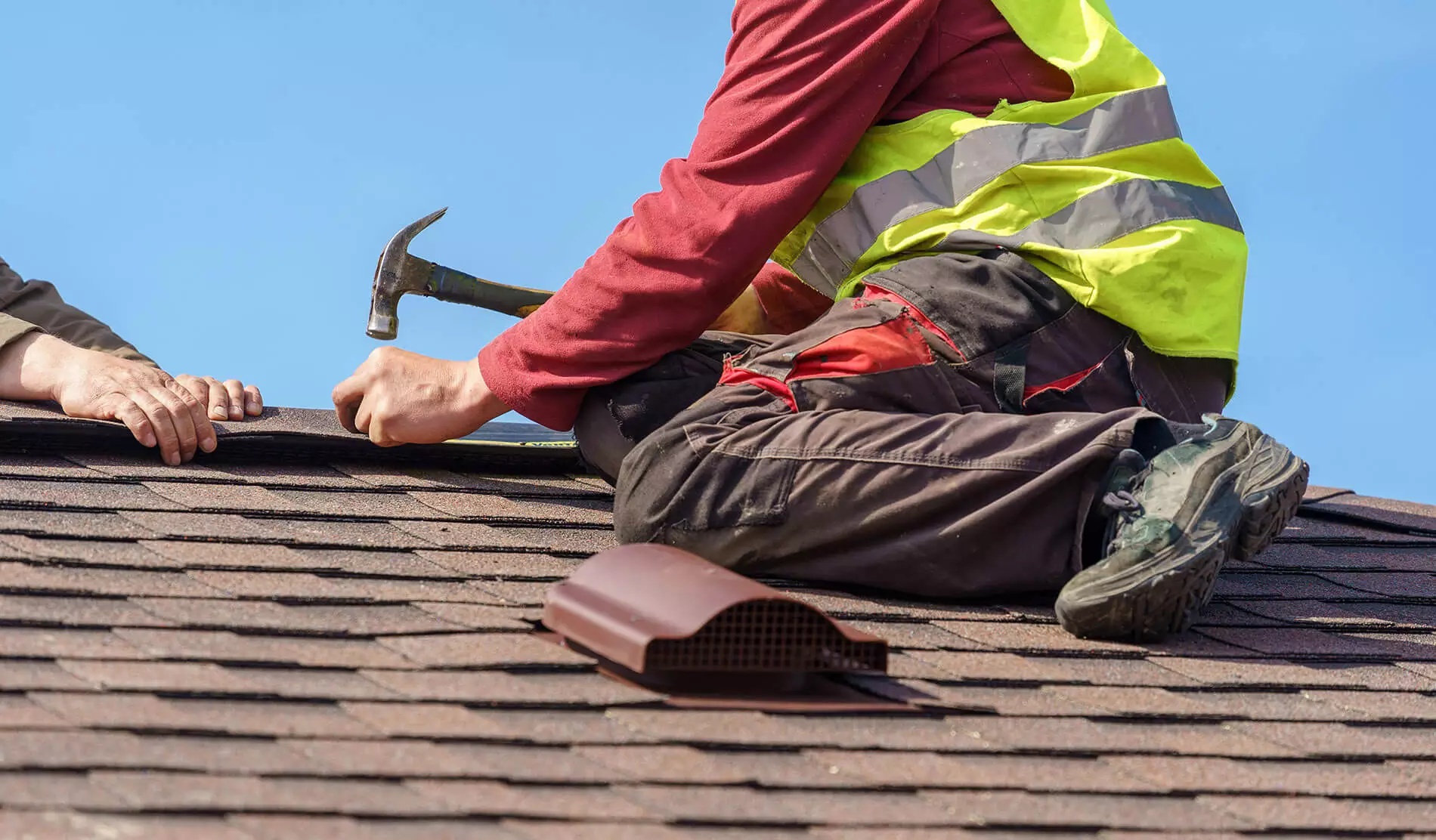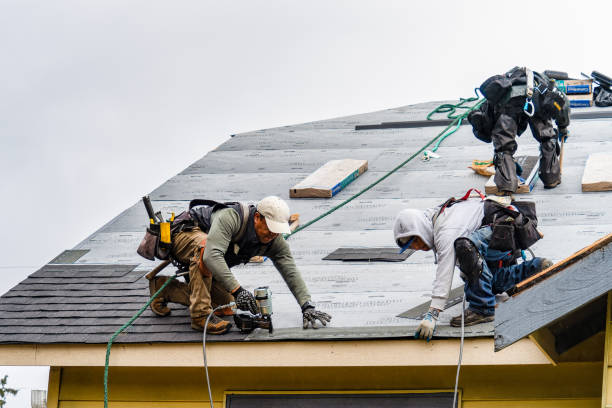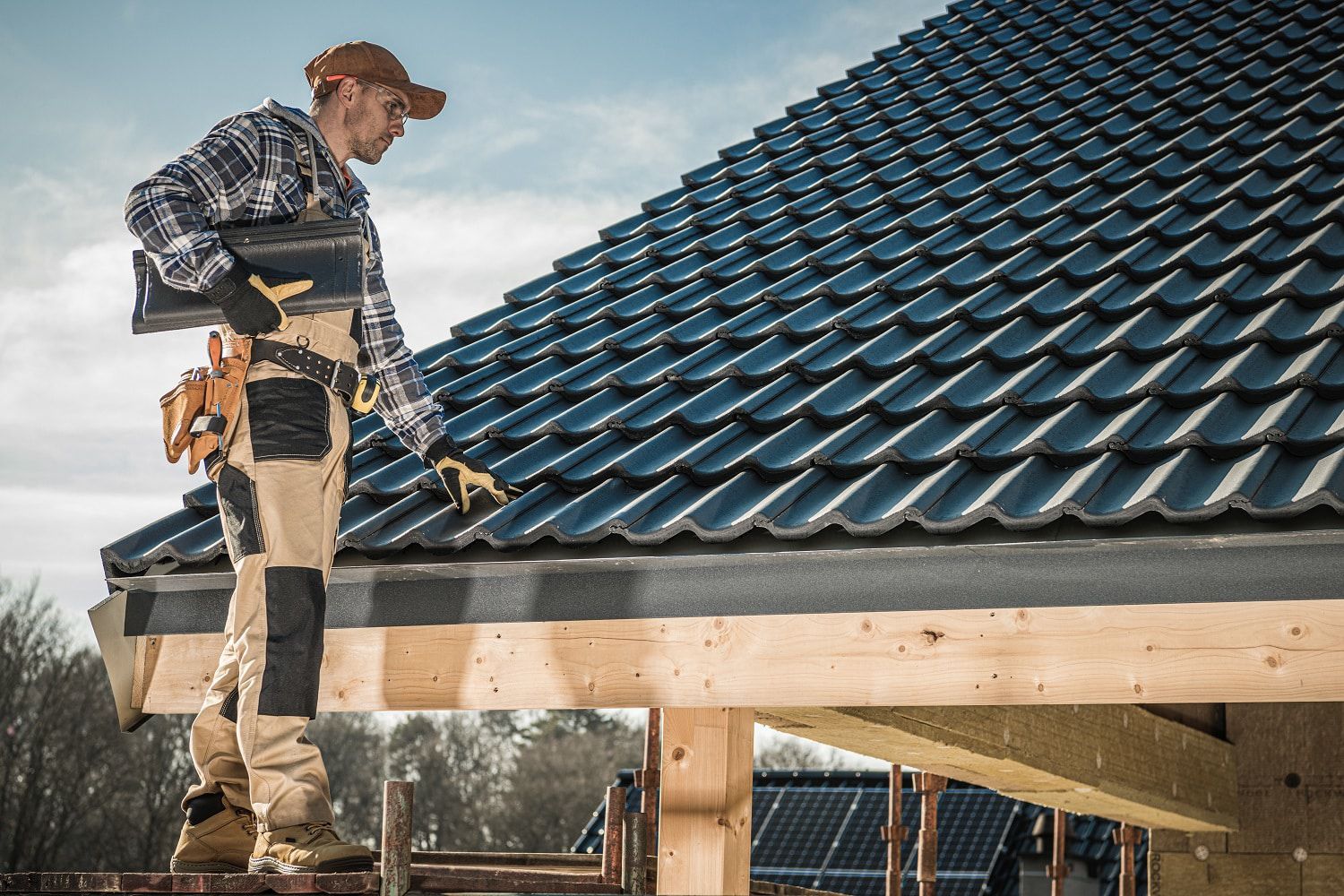How to Review Different Roofing Choices for Your Building Demands
Assessing roof covering options for your structure needs a thorough method that considers different aspects such as the meant usage of the framework, local environment conditions, and product features - Roofing Contractor. It is vital to weigh the advantages and downsides of various roofing kinds, from asphalt shingles to steel and clay ceramic tiles, while also factoring in first costs and lasting maintenance.
Examining Your Structure's Demands
To effectively review roof covering choices, start by thoroughly analyzing your structure's requirements. Begin by considering the structure's planned usage, as different structures might demand differing roofing requirements. As an example, domestic roofing systems frequently focus on appearances and insulation, while commercial structures might concentrate on sturdiness and load-bearing ability.
Following, examine the neighborhood environment problems that will certainly impact roof covering efficiency. Variables such as temperature level fluctuations, rainfall degrees, and wind patterns can influence material selection and layout. A roof that excels in a pleasant environment might not do as well in locations vulnerable to hefty snowfall or extreme warmth.
Furthermore, assess the architectural stability of your building. Make certain that the existing structure can sustain the selected roof covering materials, specifically if taking into consideration larger alternatives. It is also critical to assess any type of local building regulations or guidelines that may determine particular needs for roof systems.

Comparing Roofing Materials
Once a comprehensive evaluation of your building's demands has actually been finished, the following action entails contrasting numerous roof covering products. Each product uses distinctive benefits and negative aspects, making it necessary to align your option with your certain requirements and scenarios.
Asphalt roof shingles are commonly identified for their price and simplicity of setup, making them a preferred option for household structures. On the various other hand, steel roofing, known for its sturdiness and durability, can endure extreme weather condition conditions however might feature a higher preliminary investment.
Clay and concrete floor tiles give outstanding thermal insulation and visual charm, particularly for Mediterranean-style design, yet they need a more durable structural assistance as a result of their weight. Timber shakes deal a natural appearance and great insulation residential or commercial properties but might demand extra maintenance and are at risk to fire threats.
Reviewing Expense and Spending Plan
Examining your roof covering choices necessitates a cautious evaluation of expense and spending plan factors to consider. The general allocate a roofing job consists of a number of variables, consisting of product expenses, labor expenditures, maintenance, and prospective lasting cost savings. It is important to develop a clear budget prior to discovering specific roofing products, as this will certainly direct the decision-making process and assist you avoid overspending.
Begin by acquiring quotes from several contractors to understand labor prices in your area. Guarantee that these estimates consist of all essential services, such as removal of the old roof, installment, and any type of extra functions, like insulation or air flow renovations - Toledo Roofer. Next off, assess the price of different roof materials, taking right into account both first installation costs and expected life expectancy

Understanding Energy Performance
Power efficiency plays a critical role in the selection of roofing materials and systems, significantly affecting both energy usage and total convenience within a building. A well-chosen roofing can boost thermal efficiency, reducing the need for home heating and cooling down systems, which in turn lowers energy bills and reduces ecological influence.
When evaluating roof covering options, think about materials that show instead than soak up warmth. Light or reflective roof covering items can substantially decrease roof surface temperature levels, bring about lower power usage during warm months. Additionally, appropriate insulation and air flow are vital to maximize the energy efficiency of the entire roof covering system. Insulation avoids warm transfer, while ventilation reduces warm build-up in the attic room area.
An additional essential factor is the roof's long life and upkeep demands. Durable products that need less frequent substitute check out this site contribute to lasting power cost savings. The energy effectiveness of a roofing system can additionally be analyzed via its conformity with recognized sustainability rankings such as ENERGY CELEBRITY or LEED.
Considering Aesthetic Allure
A roofing's aesthetic appeal significantly influences the overall look of a structure, complementing its building style and boosting curb charm. Roofer. When examining roofing choices, it is essential to think about exactly how the picked material, color, and style will integrate with the existing framework and neighborhood. A well-designed roofing system can elevate even the easiest of structures, changing them right into aesthetic centerpieces
Different roofing materials use numerous visual high qualities. As an example, conventional tiles might stimulate a traditional appeal, while steel roofing can present a modern, sleek look. Additionally, the color of the roof covering product plays a vital duty; lighter tones can make a building show up more large, while darker tones may develop a cozier setting.
Furthermore, architectural elements, such as dormers and eaves, can improve the roofing system's visual impact. It is recommended to seek advice from with specialist designers or designers to ensure the selected roofing alternative straightens with the total style intent. Inevitably, a roof covering needs to not just provide functional advantages yet likewise contribute positively to the structure's aesthetic, mirroring the owner's taste and the personality of the surrounding setting.
Conclusion
